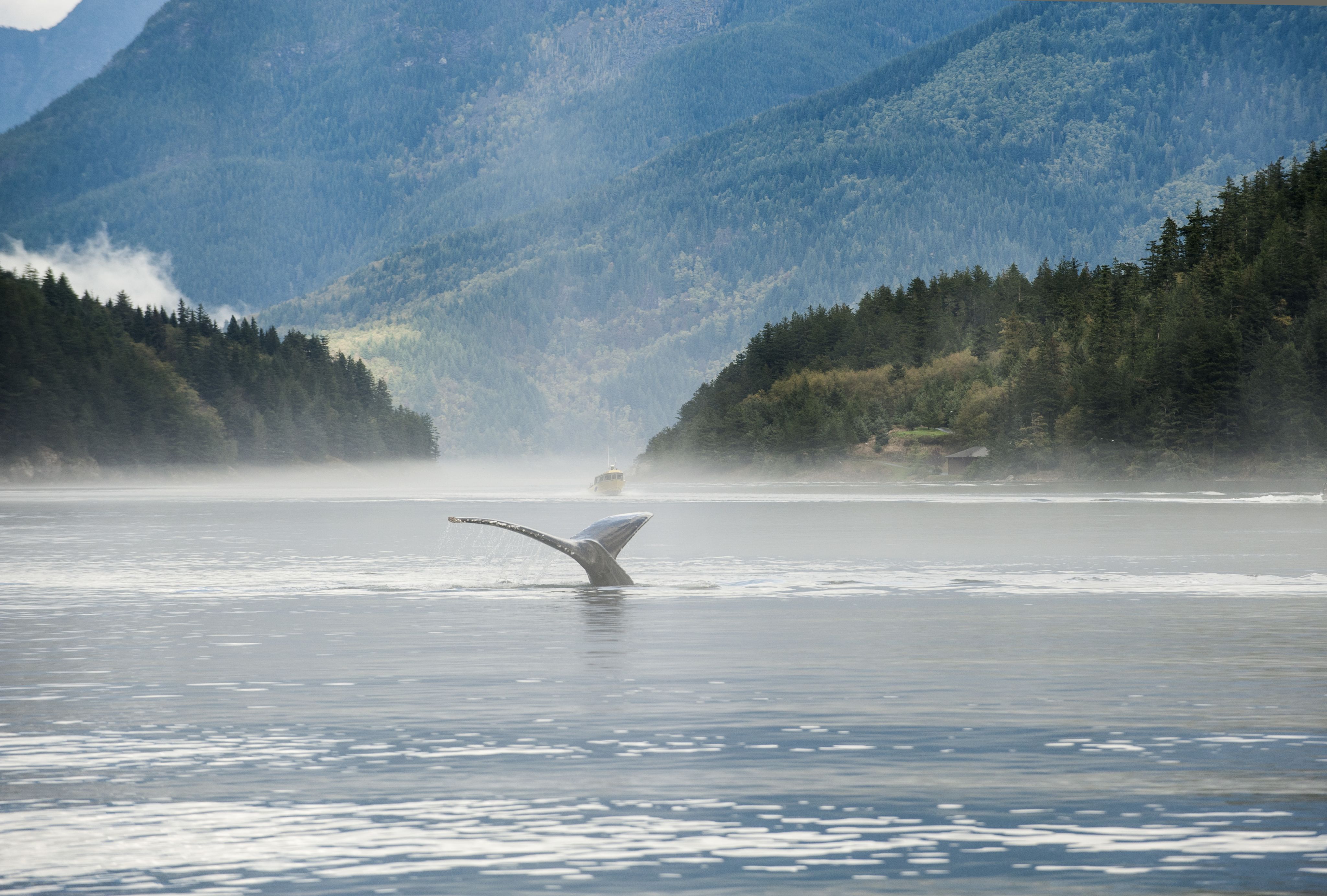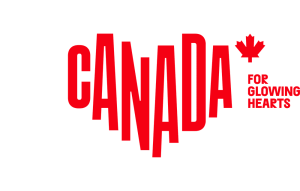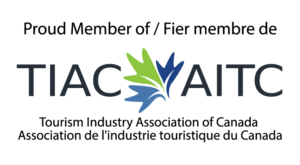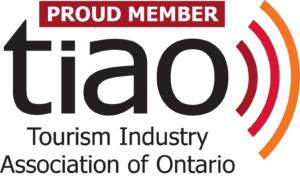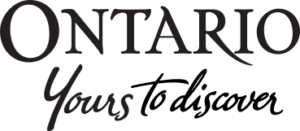A View From Here
Victoria, British Columbia
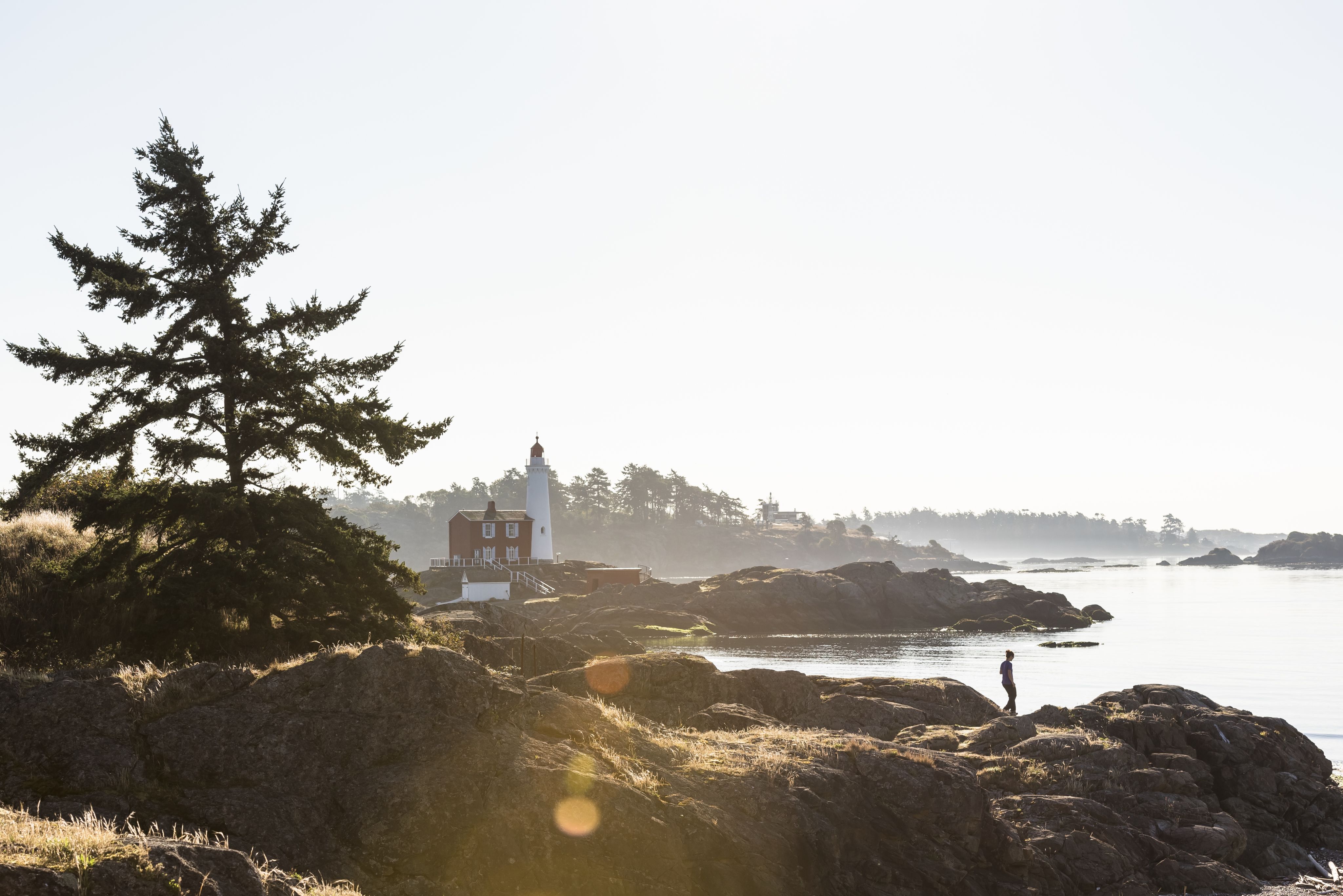
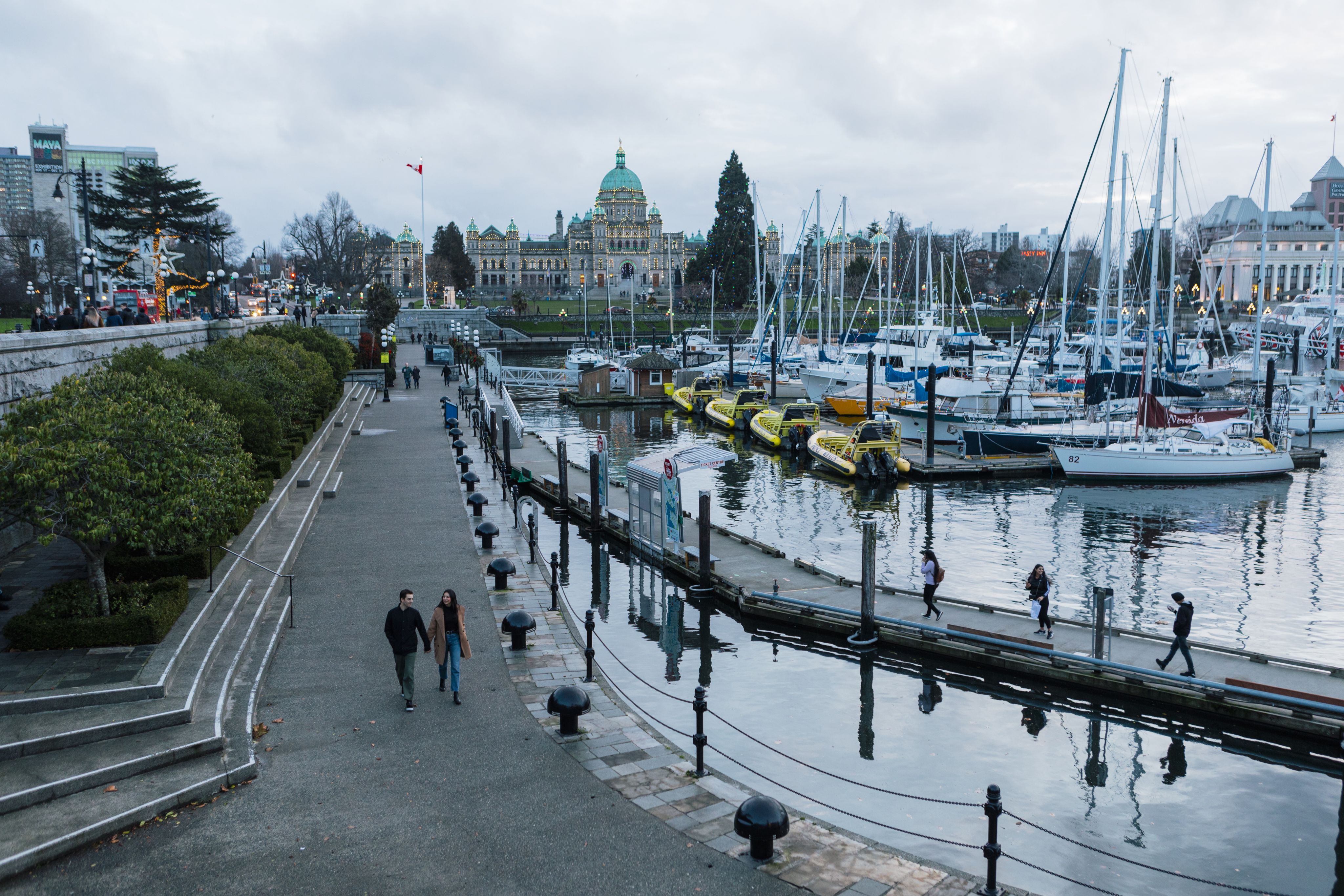
With the ocean at its doorstep and the rainforest in its backyard, Victoria is a city deeply connected to nature and rooted in its Indigenous history. Step away from the brightly lit Parliament Buildings and you'll discover a provincial capital brimming with community-minded residents.
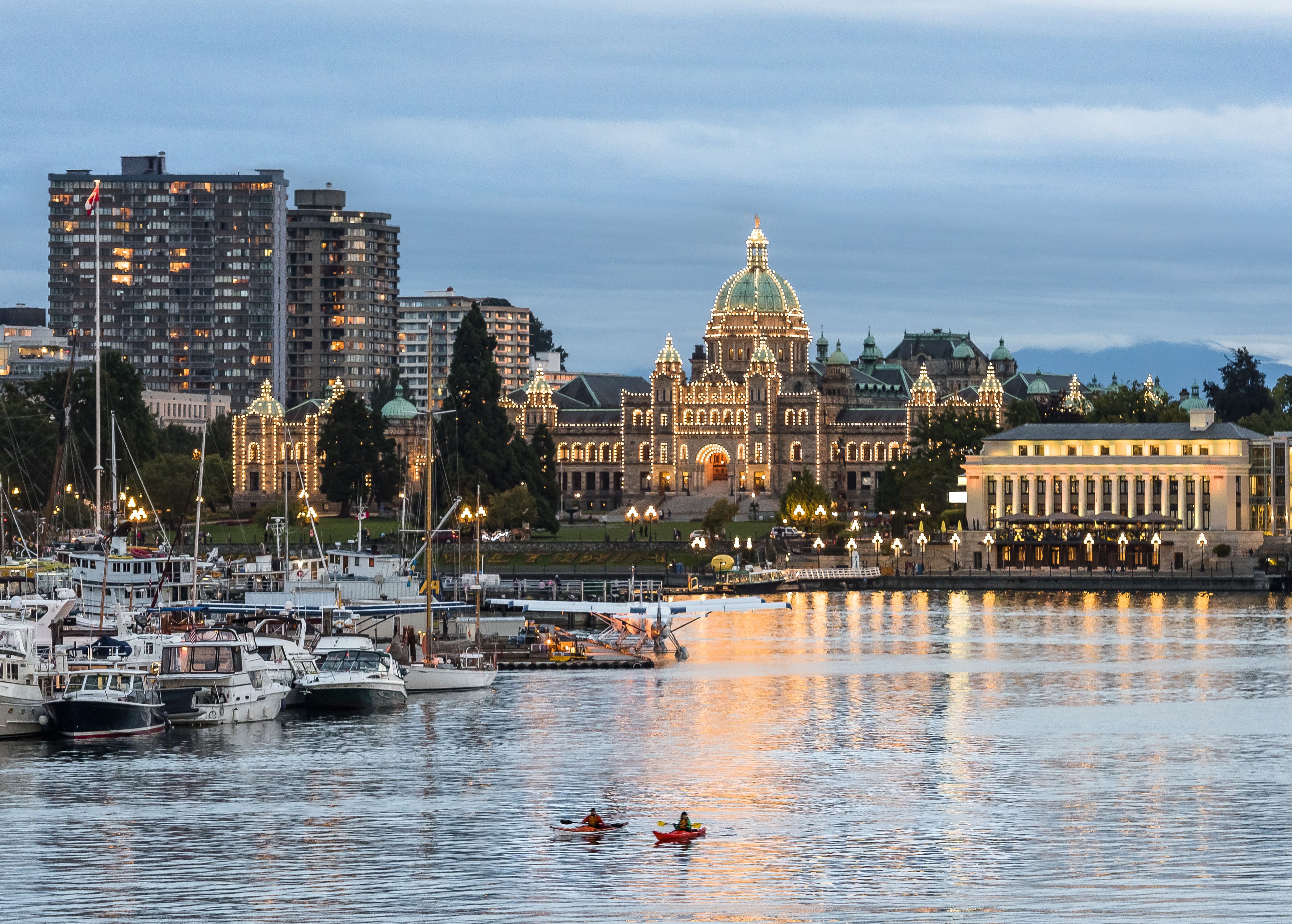
What makes a city great is a matter of opinion. But we believe you can't really get to know a place unless you spend time with its people.
In this series, A View From Here, we visit cities and communities around the country to hear the tales from those who live there.
These are the stories of Victoria.
Victoria is located on the southern tip of Vancouver Island, built on the traditional and unceded lands of the Lək̓ʷəŋən Peoples, known today as the Songhees and Esquimalt Nations.
In the lower causeway of Victoria's Inner Harbour, just steps away from the famous Fairmont Empress Hotel, sits a large replica of a spindle whorl.
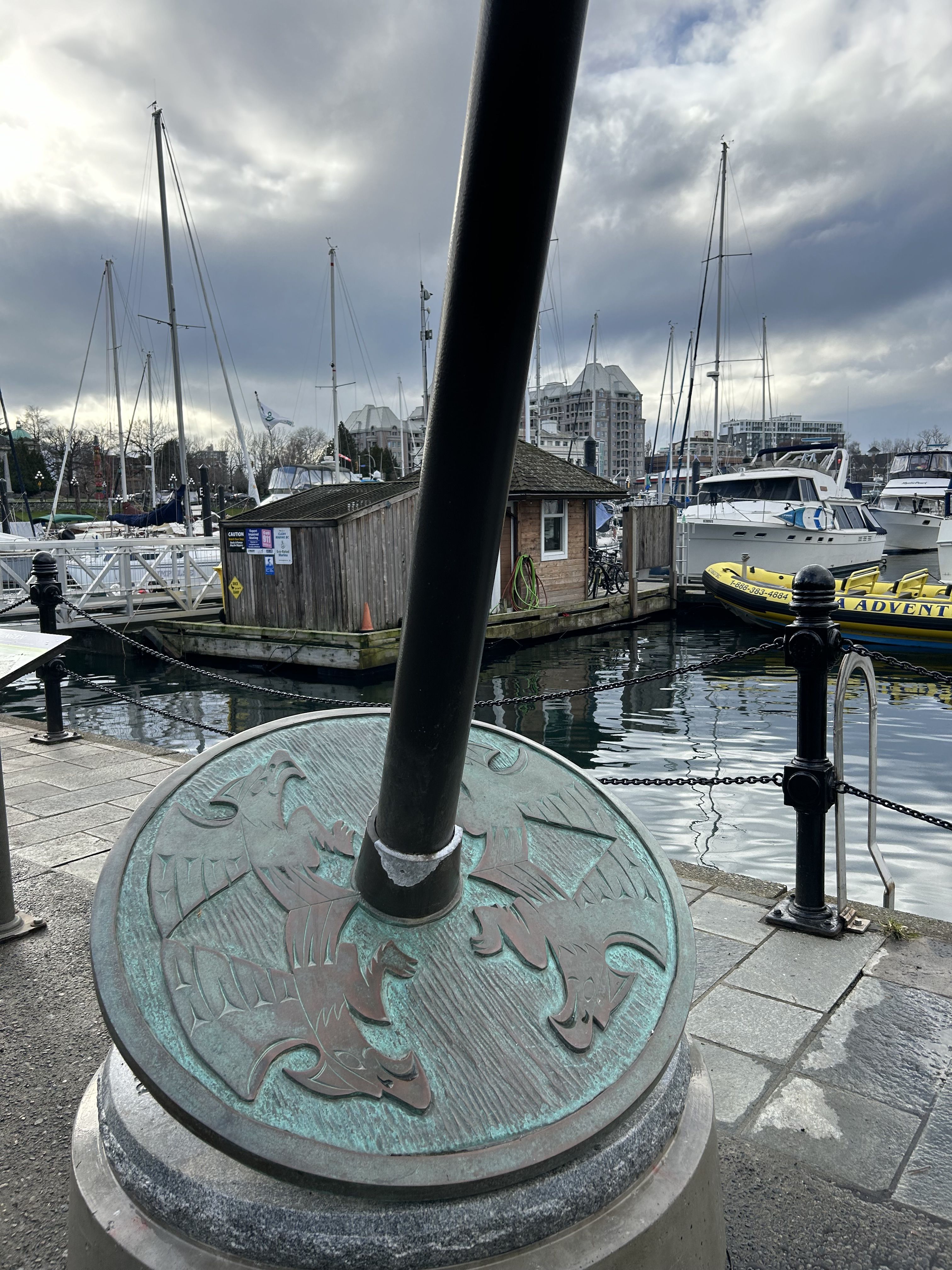
Created by Butch Dick, a Coast Salish artist and master carver, and his son Clarence Dick, the bronze-cast piece represents the spindle whorls used by Coast Salish women to spin wool.
Seven of these markers, each representing a culturally significant landmark for the Lək̓ʷəŋən Peoples, can be found throughout Victoria. They are known as the Seven Signs of the Lək̓ʷəŋən.
The one in Victoria's Inner Harbour marks the xwsзyq’әm (pronounced Whu-SEI-kum, meaning 'place of mud'). The spot was once a large tidal mudflat, known to have the best clam beds on the coast.
"Each spindle whorl has its own story," says Cecilia Dick, cultural coordinator for Explore Songhees, a Songhees-led tourism company that showcases the region from an Indigenous lens.
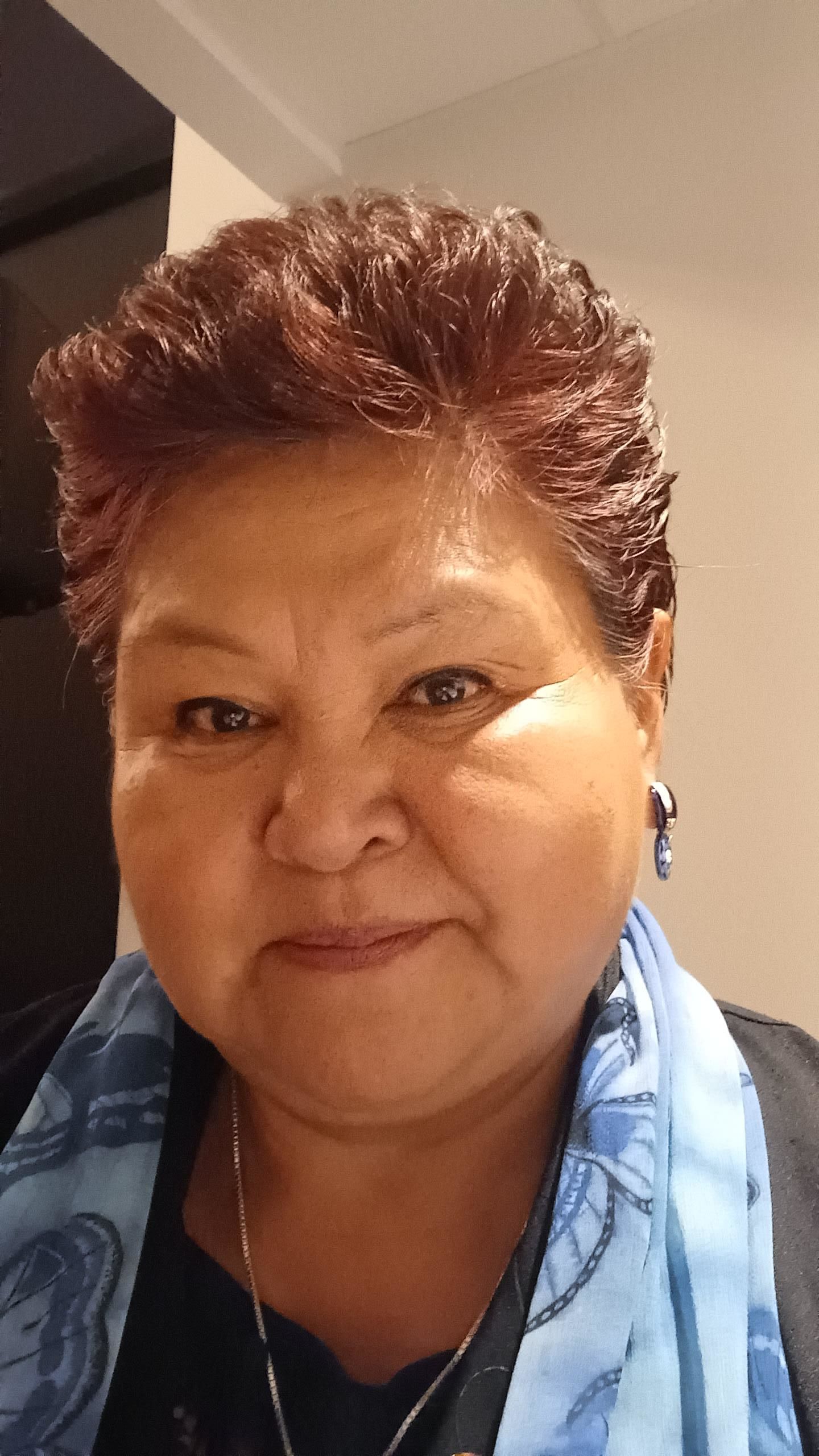
Cecilia Dick
Cecilia Dick
Cecilia gives local canoe tours, using the seven signs as a jumping off point to speak about her people's land, community, history and present.
Listen to Cecilia discuss what she hopes people get from her tours:
Cecilia's passion for preserving, celebrating and sharing her culture is apparent in her thoughtfully presented tours.

Local historian John Adams does a lot of walking in Victoria.
His family-run company, Discover the Past Walking Tours, offers evening ghost tours as well as daytime history tours. Both are filled with John's own brand of delightful storytelling.
Even though the ghost walks are the most popular and contain some "good, old-fashioned ghost stories," John says he prefers giving the general history tours as they are filled with surprising stories about local landmarks people often miss.
Listen to John tell the story of why Victoria is the capital city of British Columbia:
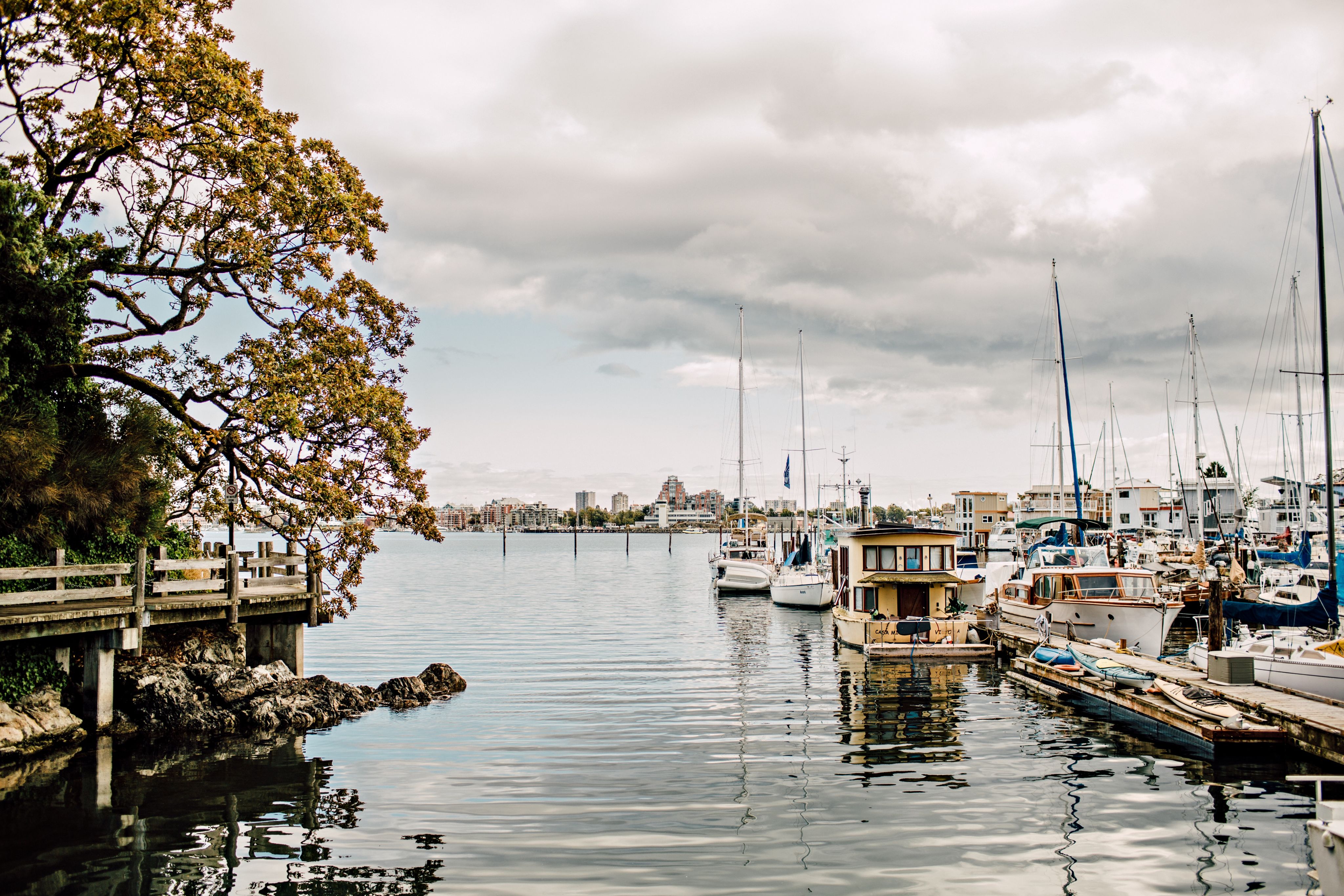
A good place to start if you're in the city for a few days is John's tour called 'Victoria's Story' – a 90-minute guided walking tour that brings the stories of the city's architecture, history and people to life. It is given daily in the summers and usually just on weekends during the rest of the year.
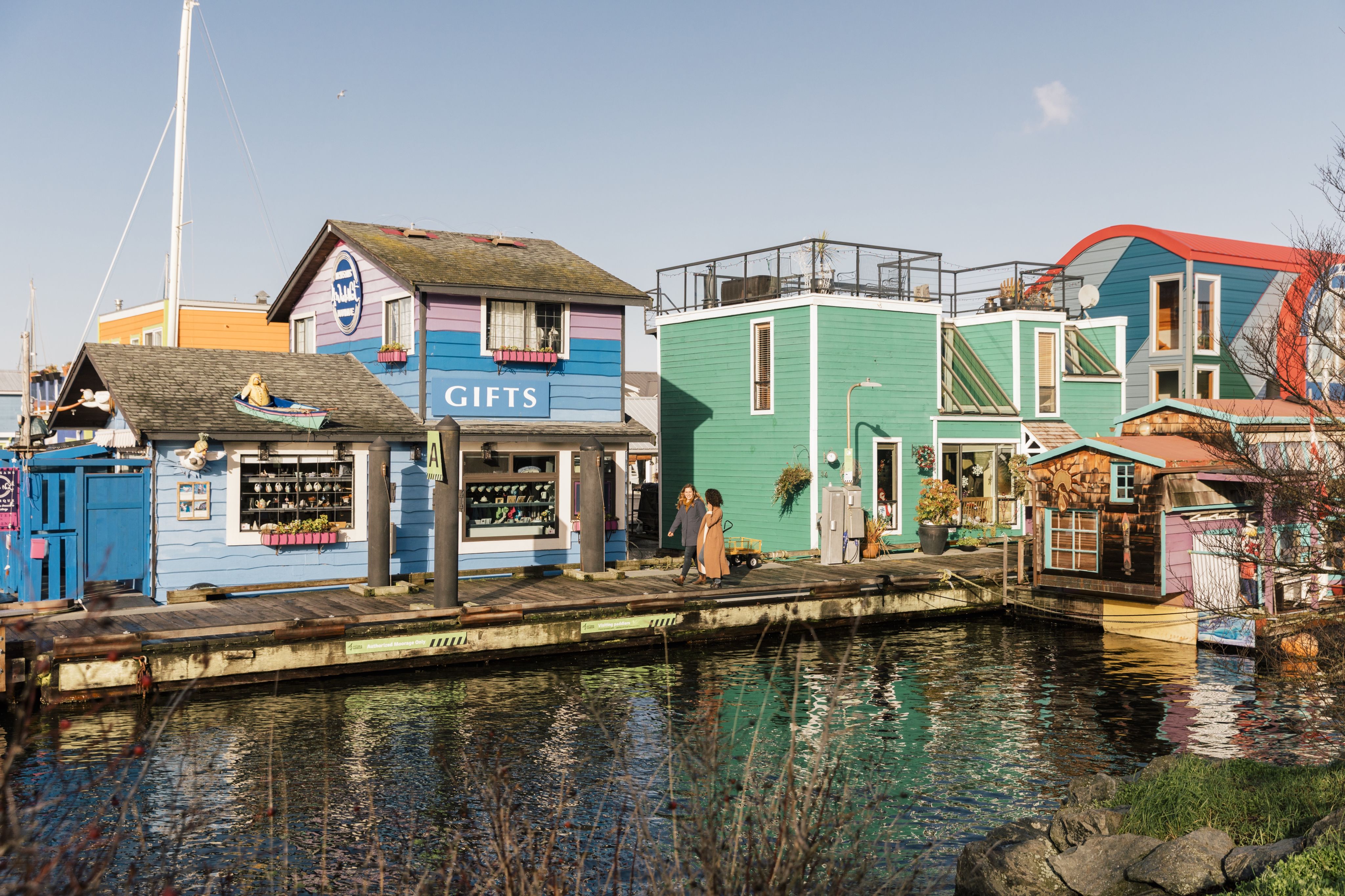
As someone who loves seafood, I found Victoria to be a paradise. From incredible sushi to oysters and salmon, the city is filled with restaurants specializing in the bounty of the surrounding sea.
My most unforgettable meal in Victoria came at Aura Waterfront Restaurant inside the beautiful and sustainably minded Inn at Laurel Point, where I spent nearly a week enjoying the harbour views from my expansive balcony.
The nightly Chef's Tasting Menu included a creamy risotto and one of the most delicious pieces of sable fish I've ever had.
A few days later, I had the good fortune to sit down over breakfast with Aura's Executive Chef Ken Nakano to talk about his commitment to sustainability in the food service industry
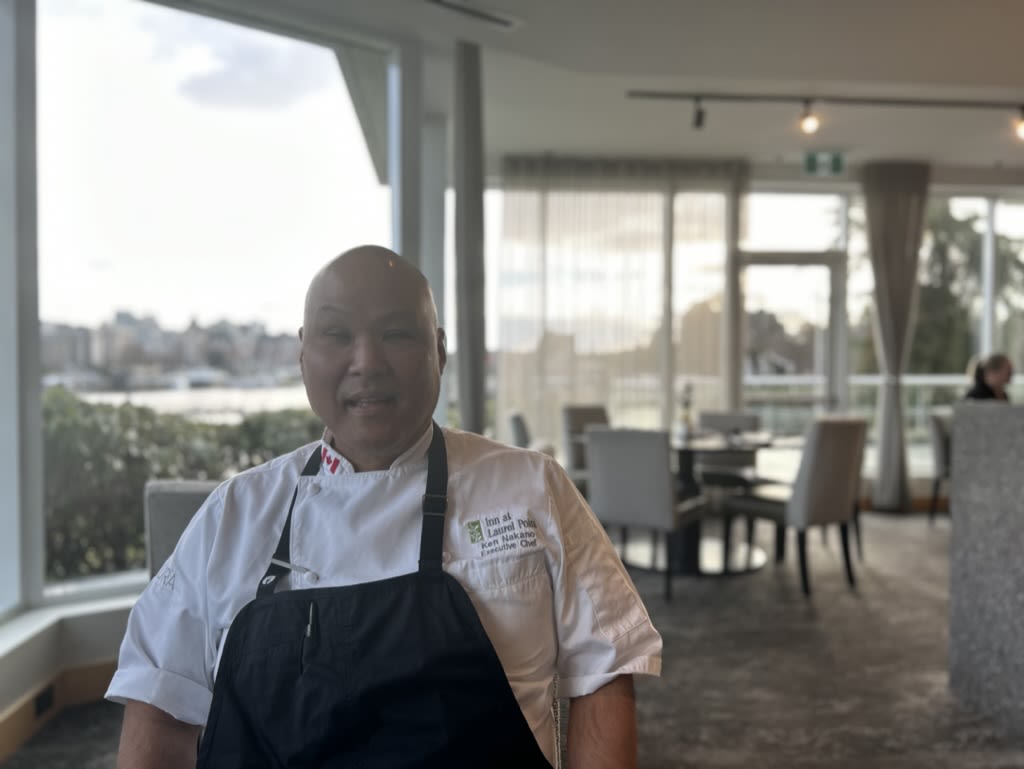
Ken is a passionate advocate of sustainability and has forged relationships with farmers and foragers throughout Vancouver Island.
His menu honours the seasons, something he learned very early on from his parents. Raised in a traditional Japanese household in Vancouver, Ken remembers foraging for ingredients with his cousins and then feasting on them with family.
He now brings a taste of place through the use of local ingredients – including many grown in the beautiful seaside garden at Inn at Laurel Point – but infuses them with flavours from around the world and his own childhood influences.
Listen to the chef speak about the local farming community:
What to read
Get to know Victoria through its writers. I visited the famous Munro's Books, a beautiful bookstore in the heart of the city's walkable downtown to ask staff for recommendations. Here are their top picks for books written about Victoria or by Victoria's residents:

More English than the English by Terry Reksten.

Victoria's Most Haunted by Ian Gibbs
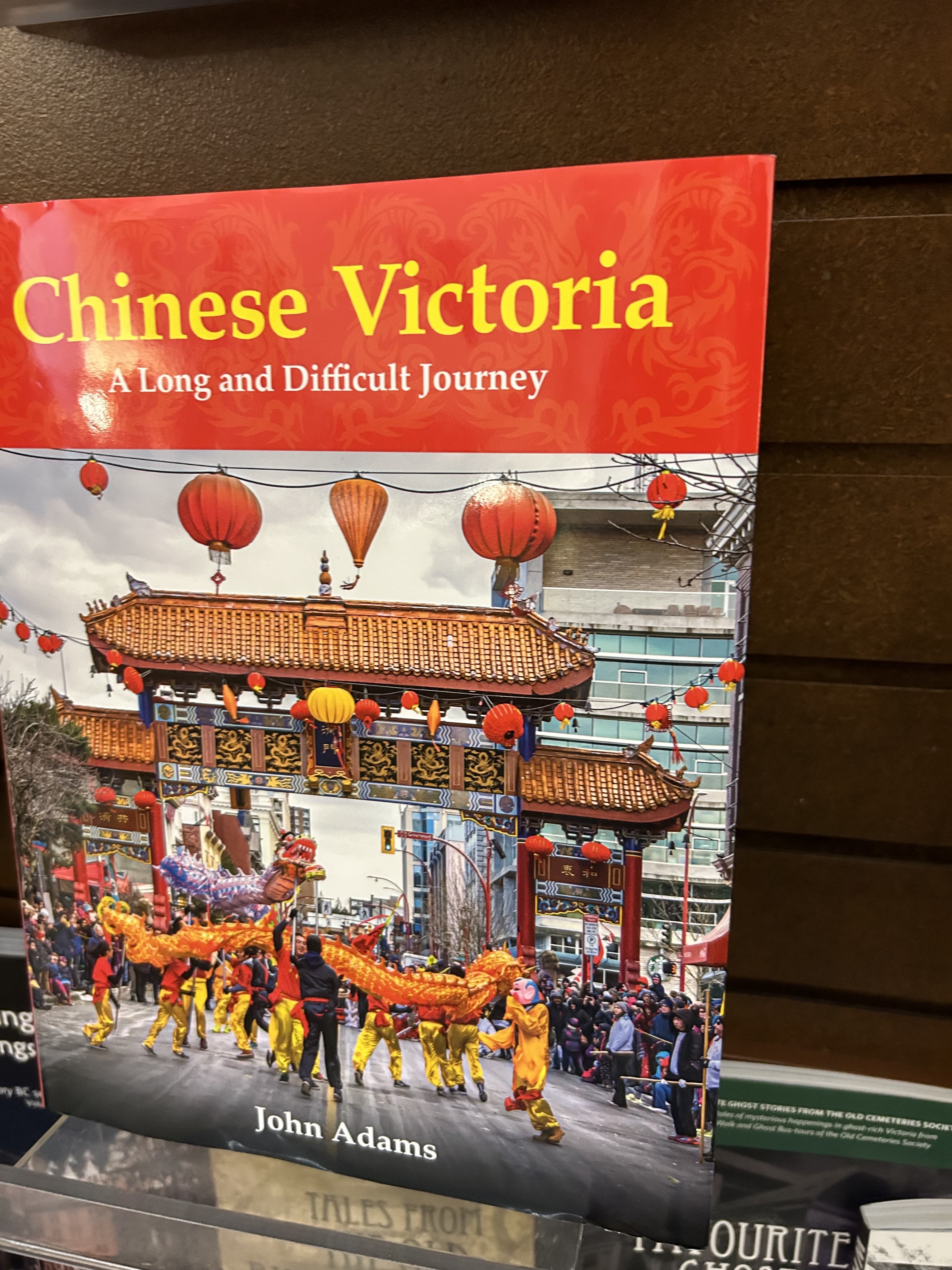
Chinese Victoria by John Adams
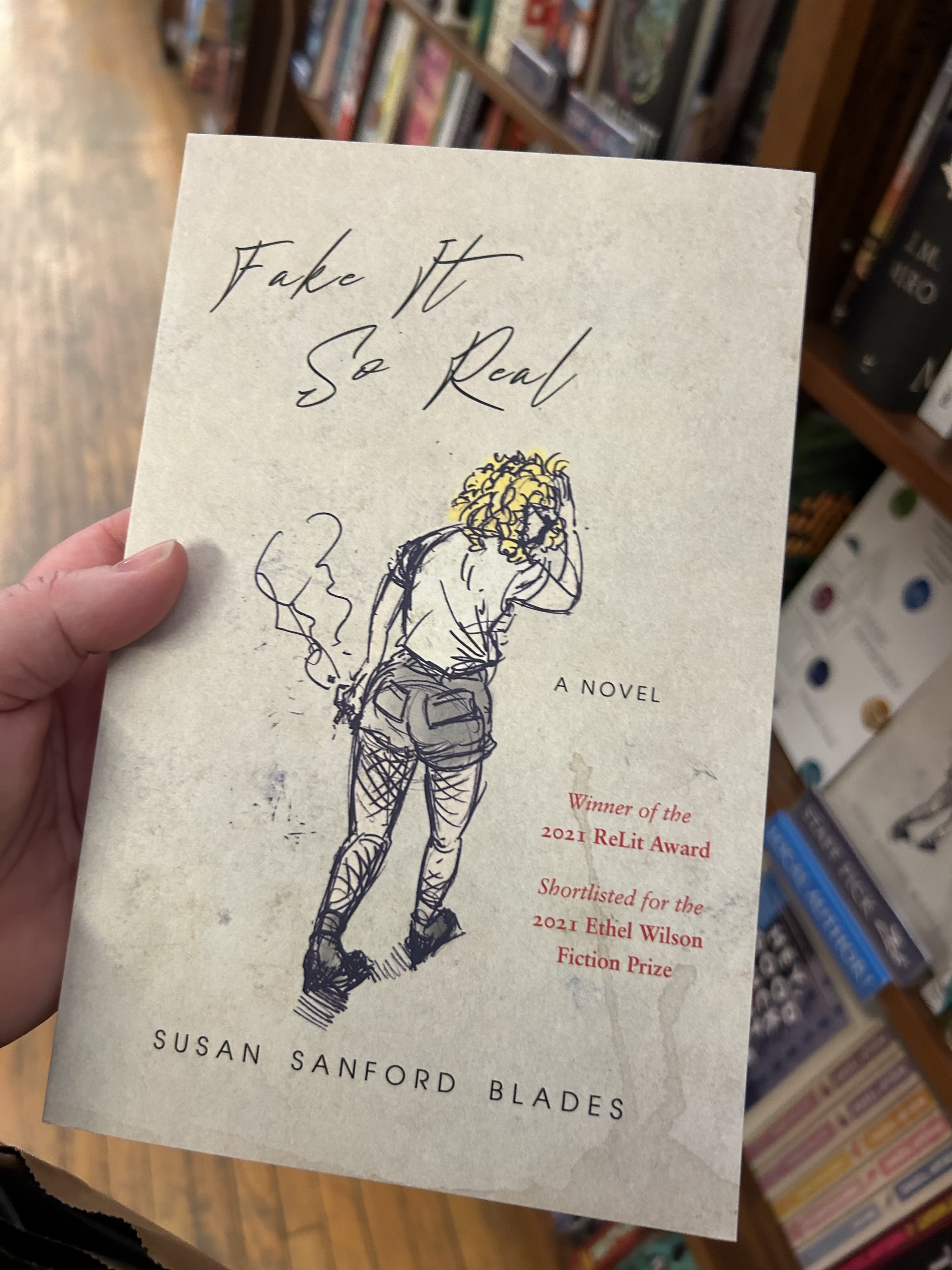
Fake It So Real by Susan Sanford Blades

How to get to Victoria

Photo by Destination BC/Reuben Krabbe
Photo by Destination BC/Reuben Krabbe
Since Victoria is located on an island, there are several ways to get to this destination.
You can fly into Victoria International Airport, which is located approximately 40 minutes north of downtown. Taxis, car rentals and ride-share options such as Uber are available.
You can fly directly in Victoria's Inner Harbour on a sea plane with Harbour Air, landing on the water. This puts you directly in the action, no long drive required, and is scenic to boot.
Or you could take BC Ferries from Vancouver. Depending on the season, the crossing can be quite scenic. Reservations are recommended.
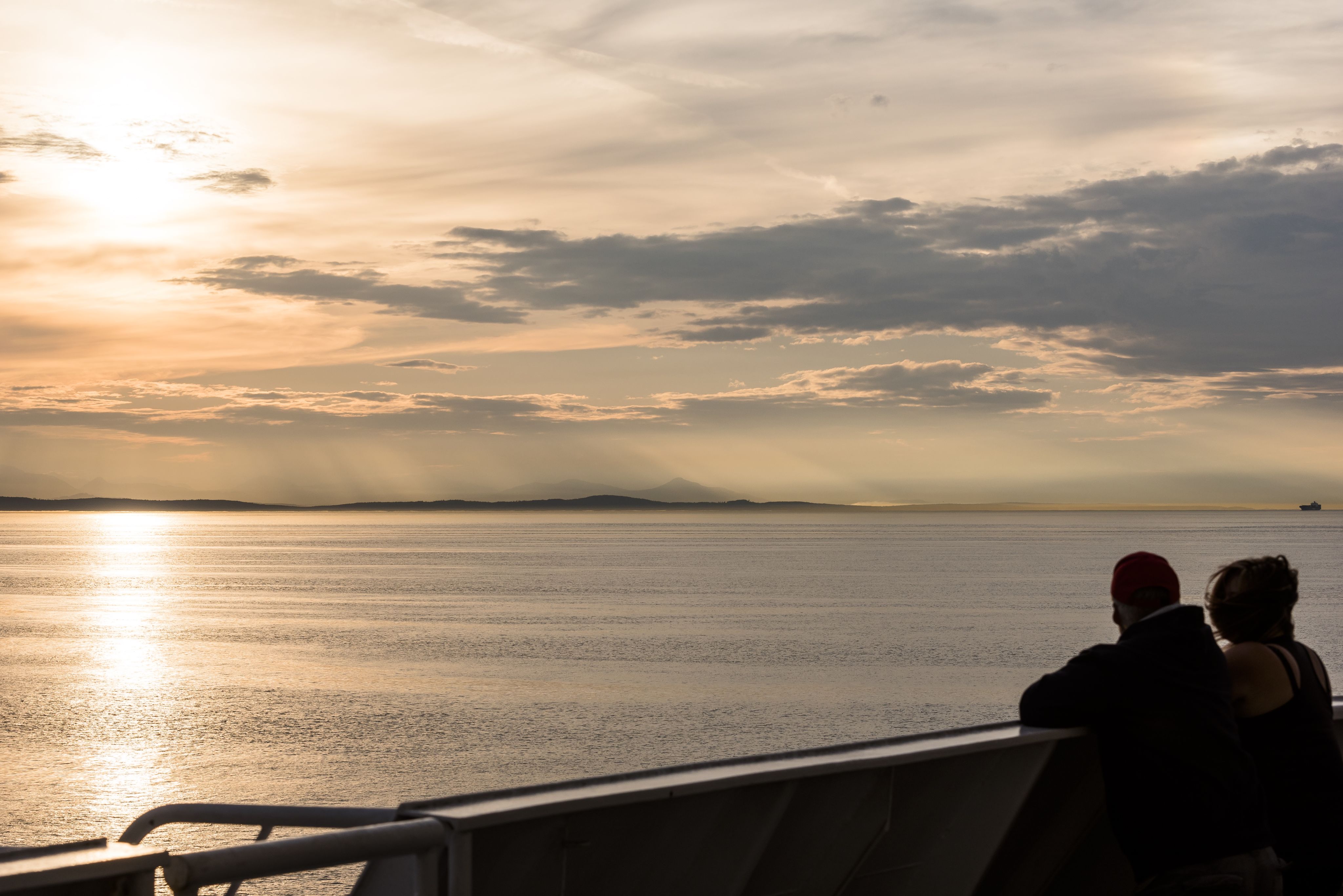
Embrace Canada with Landsby
Landsby creates unique and immersive experiences that not only provide travellers with purposeful and enriching trips but aim to positively impact the host communities.
